If you know little about Street Photography then you would know that in Street Photography the primary subject of the picture may be completely devoid of people. It can be an object or environment where an aesthetic human character can be projected. Well, human or not, the idea is to capture pictures at a poignant moment! This candid photography is currently quite respected all over but has also been an issue of conflict. Even with these issues, it did not stop Michael Ernest Sweet from jumping with his 28mm in this field!
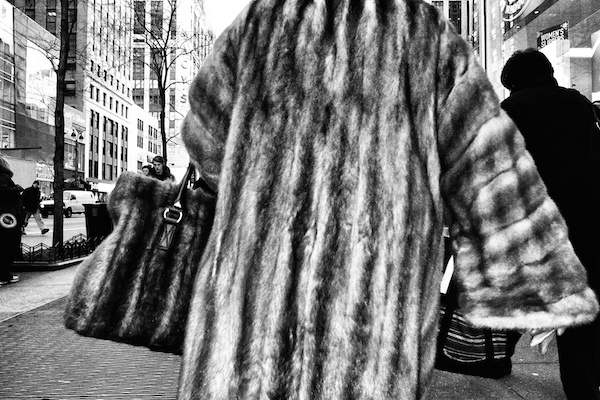
If you have ever been in New York city chances are you have been clicked by Michael Ernest Sweet without you knowing about it. Living in Montreal this past master travels to New York where his partner resides. This doesn’t stop him from taking a break and snapping people unknowingly and making a great shot of it. Your faces, your expressions don’t interest him. With a different approach, Michael Ernest Sweet will be more interested in your fur coat and fashionable blazer. Moving with a very small, fast camera and his finger on the shutter Michael Ernest Sweet walks in New York and snaps photographs with an instinct.
The more I read about him, the more intrigued I became about his role as a Photographer, Writer, Teacher. Michael Ernest Sweet is an award-winning writer and photographer. His poetry was debuted by legendary publisher Barney Rosset in the Evergreen Review, and his photographs have appeared in Popular Photography. This prompted me more to delve into his life and know more about him. Let’s get to know more about Street Photography, the Michael Ernest Sweet way and learn from his experience in this interview.
Q1. Sometimes it runs in the family. Sometimes you go against all odds and sometimes it comes naturally. Which one was it for you while starting with Photography? What was your inspiration?
My aunt was a semi-professional photographer. I grew up with her in close proximity and she always allowed me to use her equipment and cameras. Despite this generosity on her part, I really only likely shot a dozen rolls of film as a teenager. I don’t think I have any of the photographs. It was likely her influence though, or at least access to her cameras which inspired an interest in me. I was really, initially at least, seduced by the camera itself – as a piece of equipment. I’m still to this day seduced by the camera. This is one of the reasons I shoot a lot of film because I prefer the feel and the operation of an analog camera.
Q2. You always seem to favor the traditional medium of going black and white? Don’t colors interest you?
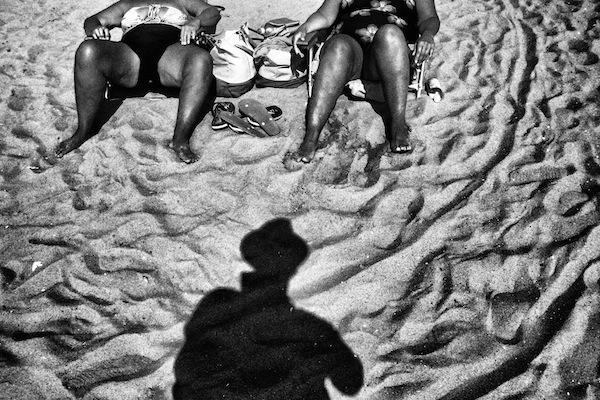
I have done color work. In fact it’s all I am doing these days. I have a new book coming out in February titled, “The Coney Island of Michael Ernest Sweet” and it is all in color. The images in that collection were shot with a Harinezumi toy camera and are very, very saturated. Martin Parr told me quote, “I thought my colors were bright, but now I see I am quite muted”. I thought that was quite funny. He’s a great guy and a fantastic photographer.
Q3. Never being a Street Photographer, I feel that audacious shots like this must be requiring quite a lot of balls. Have you ever been sweared at for taking images unknowingly. Tell us about this incidence.
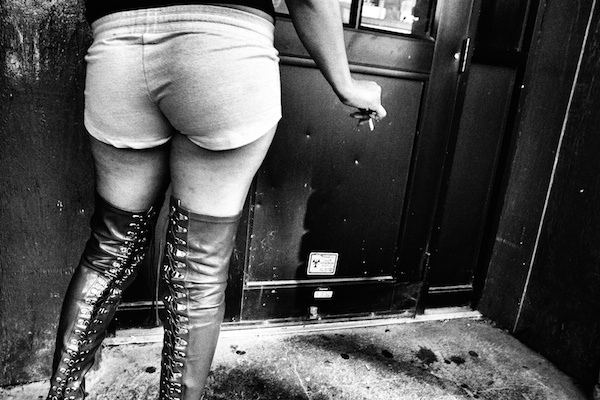
Sure I have been sworn at and had people threaten me. I guess it doesn’t bother me that much. I know, especially in New York City, that I have the law on my side. It does ruin the day though. I rarely ever get back into the swing of things after an altercation. I usually go for a beer and call it a day when that happens. It doesn’t really happen all that often though. I work very, very close to people – mere inches – so that usually think I am photographing behind them or something. In fact, the photo that you chose below, of the woman with the lace-up boots and the cigarette – she saw me in the reflection in the window and swore at me, but I got a great photo out of it.
Q4. I don’t get to ask this to many photographers. But you being a poet too. What is the inspiration behind this poem? Is this you, the photographer you are talking about?
That poem is mostly fiction. It’s inspired by conversations people have tried to start with me, but mostly fiction. I’m usually a lot nicer to people who recognize me and strike up a conversation.
Q5. This photograph happens to be my personal favorite (not because of the dude in the picture) but in general the expression, tilt, Raybans and the cigarette . What made you click this picture? Did you decide clicking him when you saw him or it was just a random fluke.

Interestingly, I was waiting to cross the street at a red light on Stillwell Avenue, near Coney Island. He was waiting too, just ahead of me. I always keep my camera at my side and my finger on the shutter release; he spun around and I raised the camera and clicked it. Thankfully I was using the Ricoh GRD IV that day and it is lightening fast and doesn’t require a pre-focus step. It’s just click and you have the image. That camera is a real legend. So fast, fast like a rangefinder.
Q6. If i were a beginner in street photography what are the 5 things that you would suggest to me – including what kind of gear should I use
Five things! That’s a lot. Let’s see: 1) Get a good fast camera and stick with it. Get to know that camera and be able to dominate it, 2) Go out on the streets as if you are going to work. Spend the whole day out there and if you get 2-3 decent shots you’ve been successful, 3) Know the laws where you are shooting. For example, I live Montreal in addition to NYC and in Montreal street photography is forbidden by law. You can take photos, but if anyone depicted in them makes an issue the law is squarely on their side, 4) Don’t show all your work on the internet. Show your very best stuff and keep the rest. I’m very tired of all the photographs of random people walking down the sidewalk – most taken from the side. What is the point of all these photographs? Show only your very best and if those aren’t good, take up gardening, 5) Grow thick skin. Street photography is a cutthroat world. It’s truly very rough and there is very little camaraderie or collegiality. Be prepared for that and don’t expect compliments on your work to come easily, they most certainly will not.
Q7. Close-ups seem to have become your signature. Any particular reason for it?

It became my signature. There really were not many people photographing like this when I started. It was rather unique. Mark Cohen’s work was really all that came close in any kind of consistent way. I also like this mode of working. I find it thrilling. If I were going to wander the streets with a big long zoom lens I’d rather photograph birds. I don’t understand street photography with zoom lenses. Now, let me be clear about something. I’m not saying that street photography that is more composed and wider in scope is not good. Most all street photography is exactly that (think Cartier-Bresson or Winogrand etc.). I just focus on the extreme close up and the “human fragments” because that became my signature. That’s what people expect from me now.
Q8. A writer, A poet, A Photographer, An educator. You seem to wear many hats. How do you manage time for everything? Given a choice between either of them, which would be your favorite?
Yes, I am a real polyhistor (laughing). I’m just simply an artist. I move around in the arts depending on the time in my life or even the time of the year. For example, I don’t really photograph in the winter. I usually write more in the winter months. In the summer I am always out on the streets with a camera. I’m a teacher by profession, so I don’t work in the summer months and I have all that time to photograph. I also paint sometimes and have even made metal sculptures too. Like I said, I am all over the place. This past summer I also wrote a book called, “Ham and Eggs & Pork and Beans” which is poetry and drawings. It’s adult humor. Kind of Bukowski really. I loved that project and I think the book is a lot of fun.
Q9. Have you ever suffered form Photographer’s block? If yes then how did you manage to overcome it!
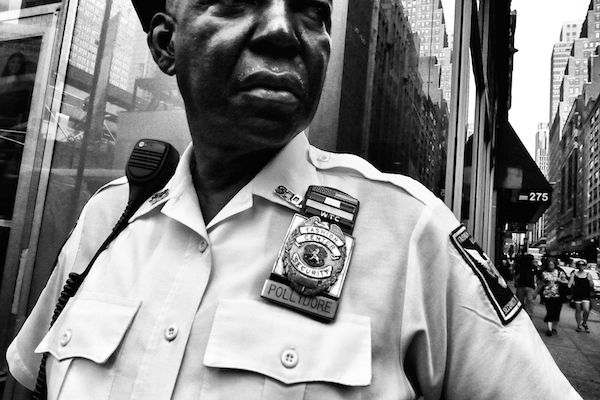
Yes all the time. I do something else. I paint or write or meditate or drink beer and read novels. I’m not too concerned about lack of inspiration. I think it is completely normal to suffer from creative blocks. If you panic it can really overcome you. The key is to accept it and not let it get the better of you. I could care less if I ever make another photograph. In fact, I might not.
To know more about the work of Michael Ernest Sweet, visit his website
All images copyright Michael Ernest Sweet courtesy of Brooklyn Arts Press
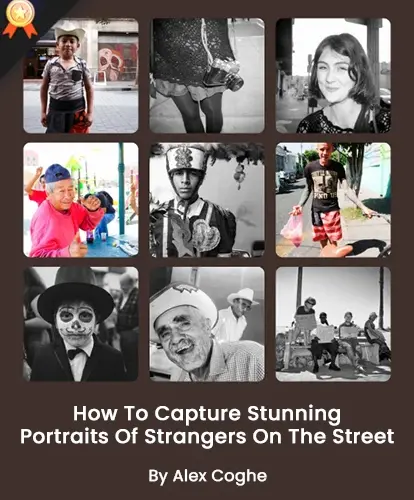
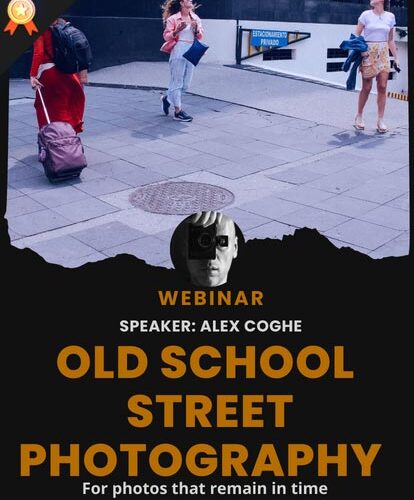
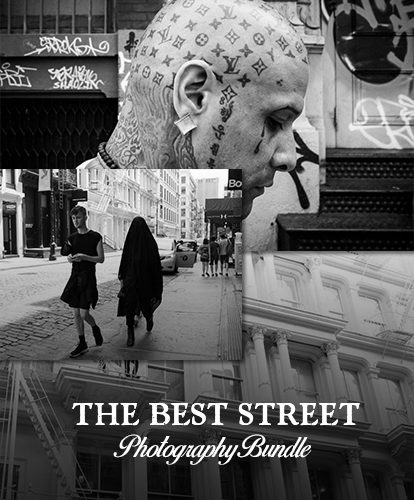




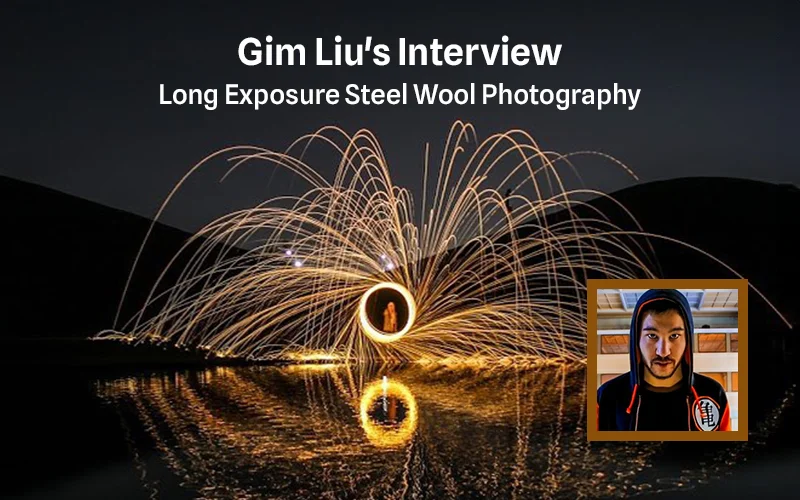
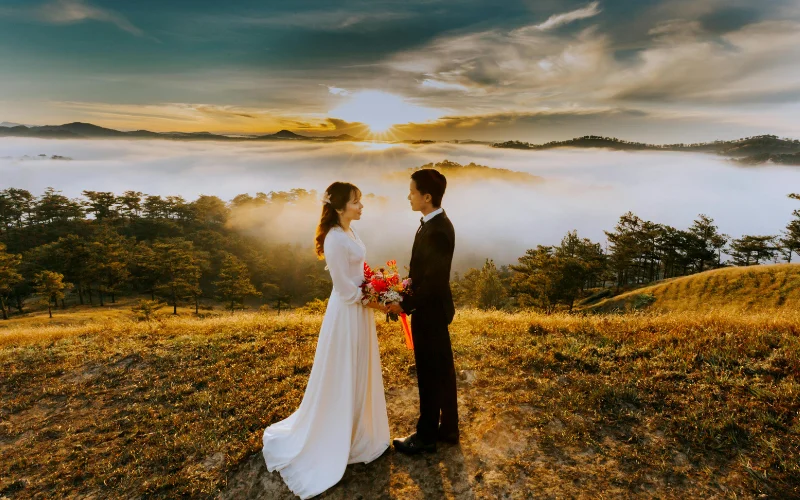




0 Comments on “Michael Ernest Sweet Interview: Capturing the Human Fragment on NY Streets”